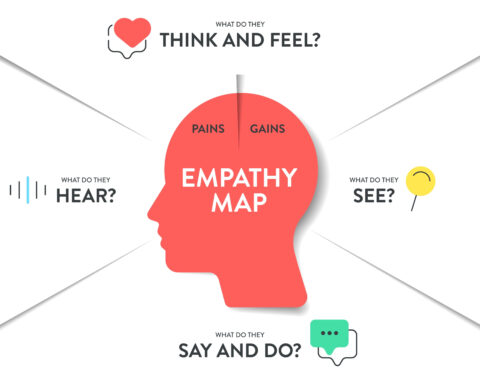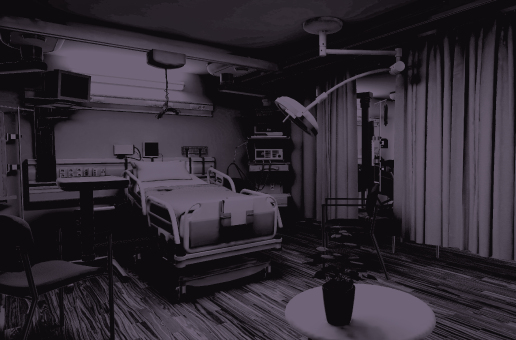Table of Contents:
Virtual reality is an extremely versatile technology, and using it for employee training is one of the best ways to utilize it within any organization. However, its role rises even higher due to the possibility of simulating real-life scenarios, especially in industries like healthcare or aviation, where preparing for the most dramatic circumstances in advance is key. In this article, we shall look into the way VR impacts training across different industries – we invite you to read on.
VR in Aviation Training
First, we shall examine the role of VR in aviation training. In this case, it can be utilized to help both pilots and the rest of the cabin crew.
For starters, virtual reality enables training on each machine type. This is quite useful for acquainting the pilots with the cockpit of the particular type of aircraft and letting the cabin crew explore each machine to understand the safety procedures better. Yet, this is just the beginning.
Apart from exploring the different types of aircraft, VR training enables you to simulate particular scenarios in them, from turbulence to emergency landings. As a result, you can ensure that the crew has the best training possible. And, if this is not enough – VR training for aviation professionals is often less expensive than traditional simulator training.
VR in Healthcare Training
In the case of healthcare, virtual reality provides a set of opportunities and possibilities that would be impossible to achieve with traditional training methods. What is more, it is possible to use this technology across different areas in the whole industry. Let’s take a look at the role of VR in medical training in more detail.
Doctor’s Training
The first instance where VR has a major advantage over traditional training methods is in students’ practical training. Typically, those who wish to become surgeons can practice or view particular surgeries only two to three times before they perform them themselves. Virtual reality can change that.
With a deep reconstruction of a human body in VR, medical students can practice on their own in a controlled environment where no risks of causing damage are posed. As a result, they are able to emerge well-prepared when finally taking their role as surgeons/physicians
EMS Training
One of the key challenges in emergency medical services (EMS) is that it all takes place in conditions much different from those in a hospital. But with VR, you can recreate them.
When using VR in EMS training, it is possible to simulate all the sounds or even physical obstacles that could affect the work of paramedics and doctors. This way, they can get used to different conditions and learn how to work around them. Additionally, such training can be conducted to increase EMS workers’ safety – for example, in conditions with a high risk of electric shock or fire.
VR in Sales/Customer Service Training
It is also beneficial to use VR in sales training. In this case, it combines the strong sides of real-life and online learning together, letting your employees practice in the most beneficial environment. How does it work?
- You provide your employees with materials on the VR platform, including use cases and knowledge sources.
- You simulate real-life scenarios where your sales specialist can practice.
- You can evaluate and improve not only the substantive elements of the work but also aspects like body language.
The same methods can be applied to your customer service training.
VR in Military Training
As the last example, we need to discuss VR in military training, as it is yet another area transformed by this technology. Why is it so crucial in this case?
Firstly, VR is much less expensive than traditional methods. Instead of using up regular ammunition, it’s possible to train the recruits in using different weapons purely in the VR, with only one or two real-life sessions after their initial practice in virtual reality.
Secondly, you can use VR to practice different scenarios and conditions. After all, a mission in the Middle East requires being able to handle the environment there, and VR enables you to train soldiers in that.
Finally, VR is helpful for warfare vehicle training. Here, the perks are the same as for general aviation training.
The Takeaway
Virtual reality is a great aid for training, no matter what industry or sector we discuss. It enables better, more accurate practice, hence producing better-versed professionals ready to do their jobs effectively. Therefore, if you are not using AI yet, we recommend that you introduce it to your training programs as soon as possible.
Still not convinced? Read our article on the evidence for the effectiveness of VR training!








